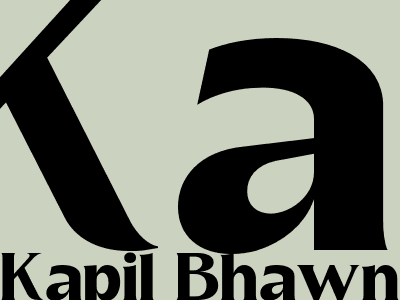
Google and Blogger's Content Policies: A Comprehensive Guide
Introduction
Adhering to Google and Blogger's content policies is crucial for maintaining website visibility and reputation. These guidelines ensure a safe and ethical online environment for users, protect intellectual property rights, and prevent the spread of harmful content. In this comprehensive guide, we will delve into the key elements of these policies, empowering you to create compliant and engaging content.1. Prohibited Content
1.1 Illegal Content
Content that violates laws or regulations, such as promoting violence, terrorism, child sexual abuse, or the sale of illegal drugs, is strictly prohibited. Engaging in such activities can result in legal consequences and harm to individuals.
1.2 Harmful Content
Content that incites hatred or discrimination based on race, religion, gender, sexual orientation, or other protected characteristics is not allowed. Such content can lead to real-world harm and foster division within communities.
1.3 Copyright Infringement
Using copyrighted material without permission from the owner is illegal. This includes copying text, images, videos, or audio files. Respecting copyright laws helps protect the rights of creators and ensures fair compensation for their work.
2. Restricted Content
2.1 Adult Content
Content of a sexually explicit nature is restricted and must be clearly labeled. Minors should not be able to access or view such content. Failure to comply can result in age gating or website removal.
2.2 Graphic Violence
Content depicting extreme violence or gore can be disturbing and harmful to viewers. Such content should be limited to specific contexts, such as news reporting or documentary filmmaking.
2.3 Medical Advice
Providing medical advice or health information that is not backed by reliable sources can be dangerous. Always consult with a qualified medical professional before making health-related decisions.
3. Quality Guidelines
3.1 Original Content
Creating unique and original content is essential. Repurposing or duplicating existing material from other sources without proper attribution is considered plagiarism and can damage your credibility.
3.2 Accurate and Informative
Ensure that your content is factually correct and provides valuable information to readers. Avoid sensationalism or spreading false or misleading information, as this can erode trust and credibility.
3.3 Well-Written and Engaging
Present your content in a clear, concise, and engaging manner. Use proper grammar, spelling, and punctuation. Consider breaking up long blocks of text with headings and subheadings to enhance readability.